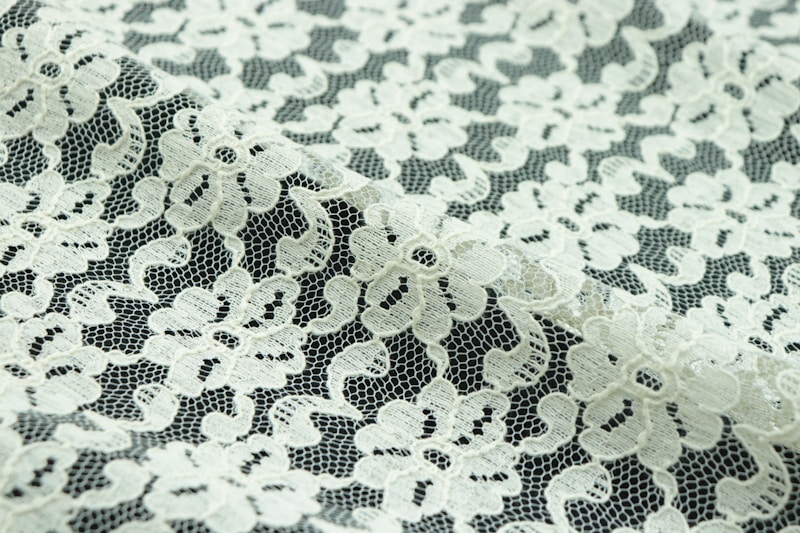Modern Interpretations of Classic Lace and Embroidery Techniques
Modern Interpretations of Classic Lace and Embroidery Techniques
The art of lace and embroidery has evolved over centuries, originating from traditional techniques that have been refined and reinvented to meet contemporary tastes and styles. Today, we delve into the world of modern interpretations of classic lace and embroidery techniques, exploring how artisans and designers are blending traditional craftsmanship with innovative designs to create stunning pieces suitable for today’s fashion landscape.
The Historical Significance of Lace and Embroidery
Lace and embroidery, both intricate textile arts, have rich histories tied to various cultures around the world. From the delicate, handmade lace of Belgium to the bold embroidery styles of Mexico, these techniques have been used not just for decoration but also to tell stories and communicate cultural values.
| Technique | Origin | Modern Interpretation |
| Lace Making | Belgium | 3D Printed Lace Accessories |
| Silk Embroidery | China | Digital Printed Textiles |
| Surface Embroidery | Europe | Mixed Media Applications |
| Crochet Lace | Various (Originating from Europe) | Contemporary Crochet Fashion |
Modern Techniques Influencing Lace and Embroidery
As technology advances, so too does the art of lace and embroidery. Here are some ways in which modern interpretations are reshaping these classic techniques:
1. Digital Embroidery
With advancements in technology, digital embroidery machines have revolutionized the way designs are created and applied. This method allows for unprecedented precision and the ability to replicate intricate designs swiftly and efficiently.
2. 3D Printing in Lace
3D printing has pioneered a new frontier in lace making, allowing designers to create complex patterns that were once impossible to achieve by hand. This approach not only reduces material waste but also opens up new possibilities for innovative designs.

3. Sustainable Practices
As the fashion industry faces increasing pressure to become more sustainable, many artists are returning to traditional techniques but with a modern twist. For example, using organic cotton or recycled materials for embroidery not only preserves craft but also aligns with the growing eco-conscious consumer trend.
Modern Trends in Lace and Embroidery
The modern landscape of lace and embroidery is as diverse as it is exciting. The following trends highlight how contemporary designers reinterpret these classic techniques:
1. Minimalist Designs
Gone are the days of heavy embellishments. Today’s fashion leans towards minimalist designs that highlight the beauty of lace and embroidery through simplicity. Clean lines and delicate details create a refined aesthetic that appeals to modern sensibilities.
2. Mix of Textiles
Designers are increasingly mixing materials to create unique textures and visual contrasts. Combining lace with leather, silk with denim, or embroidery with sheer fabrics produces innovative garments that break traditional boundaries.
3. Cultural Fusion
The globalization of fashion has led to an exciting fusion of cultures in lace and embroidery. Techniques from different regions are blending, creating hybrid styles that celebrate diverse heritage, allowing for a more inclusive representation of art.
How to Incorporate Modern Lace and Embroidery into Your Wardrobe
If you're inspired to embrace modern interpretations of lace and embroidery, here are some practical tips:
1. Start with Accessories
Incorporating lace and embroidery into your wardrobe can be as simple as adding accessories. Look for embroidered handbags, lace-trimmed scarves, or statement pieces like intricate earrings that feature these techniques.
2. Experiment with Layering
Combine lace and embroidery with various textures and colors in your outfits. Layering can create dynamic looks while allowing each element to stand out, showcasing the craftsmanship of each piece.
3. Consider Customization
Many modern designers offer customizable options, allowing you to add personal embroidery or lace designs to garments. This not only supports artisans but also makes your clothing unique.
Conclusion
As we explore modern interpretations of classic lace and embroidery techniques, it's clear these arts form a bridge between the past and present. They not only honor tradition but also adapt to contemporary trends and consumer needs. When choosing lace and embroidery pieces, look for craftsmanship, sustainability, and originality. Embrace the beauty of tradition while making it your own, and remember that each piece carries a story of artistic evolution.
Whether you’re a fashion enthusiast looking to incorporate modern lace and embroidery into your wardrobe or an artisan exploring new creative pathways, understanding these techniques will enrich your appreciation and inspire you on your artistic journey. Always remember to support sustainable practices as you celebrate the blend of classic craftsmanship and modern creativity.
